Unearthing History: The Maya Train Project Reveals a Funerary Urn Dedicated to the Corn God
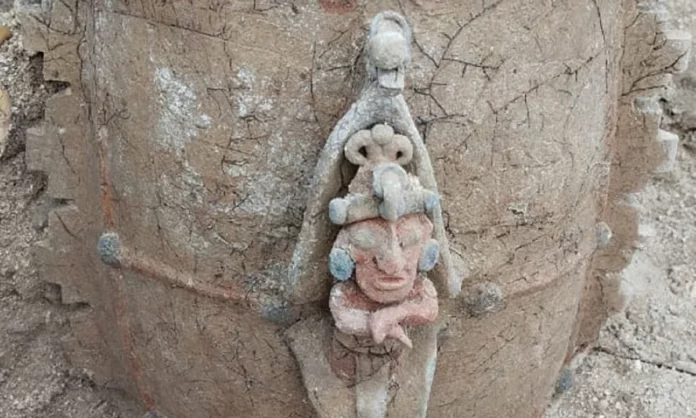
The Maya Train project, a massive infrastructure initiative aimed at connecting cities across Mexico’s Yucatán Peninsula, has become a focal point of archaeological interest. Amidst its construction, archaeologists have uncovered a remarkable funerary urn dedicated to the Maya god of corn. This discovery sheds light on the rich cultural and religious heritage of the ancient Maya civilization.
Discovery Amidst Controversy
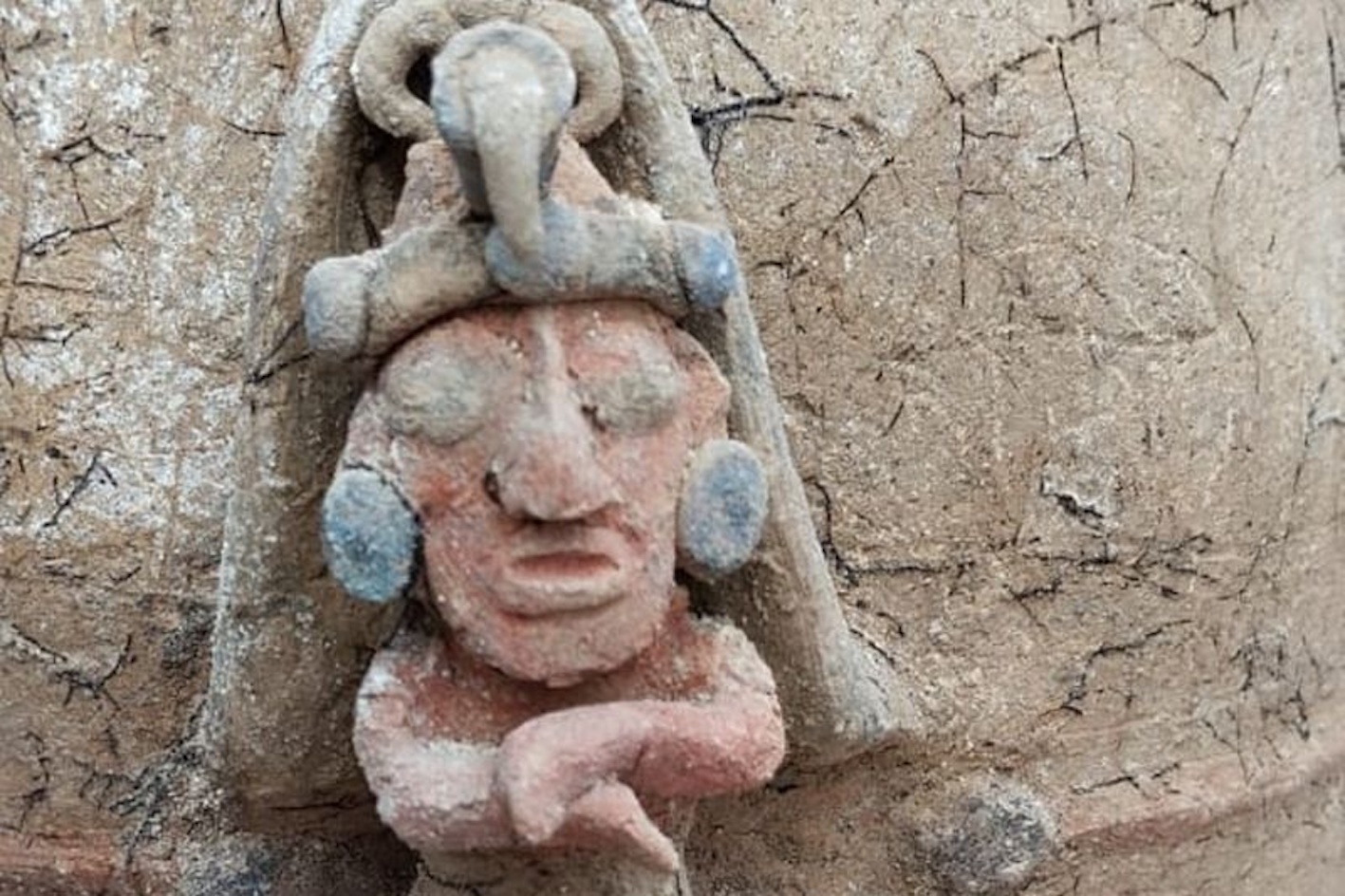
Archaeologists from the National Institute of Anthropology and History (INAH) have made a significant find during the ongoing construction of the Maya Train project, a 966-mile intercity railway traversing Mexico’s Yucatán Peninsula. The project, which inaugurated its first section last month, has been both a source of archaeological discoveries and controversy due to its environmental impact and cost.
The Funerary Urn and Its Significance
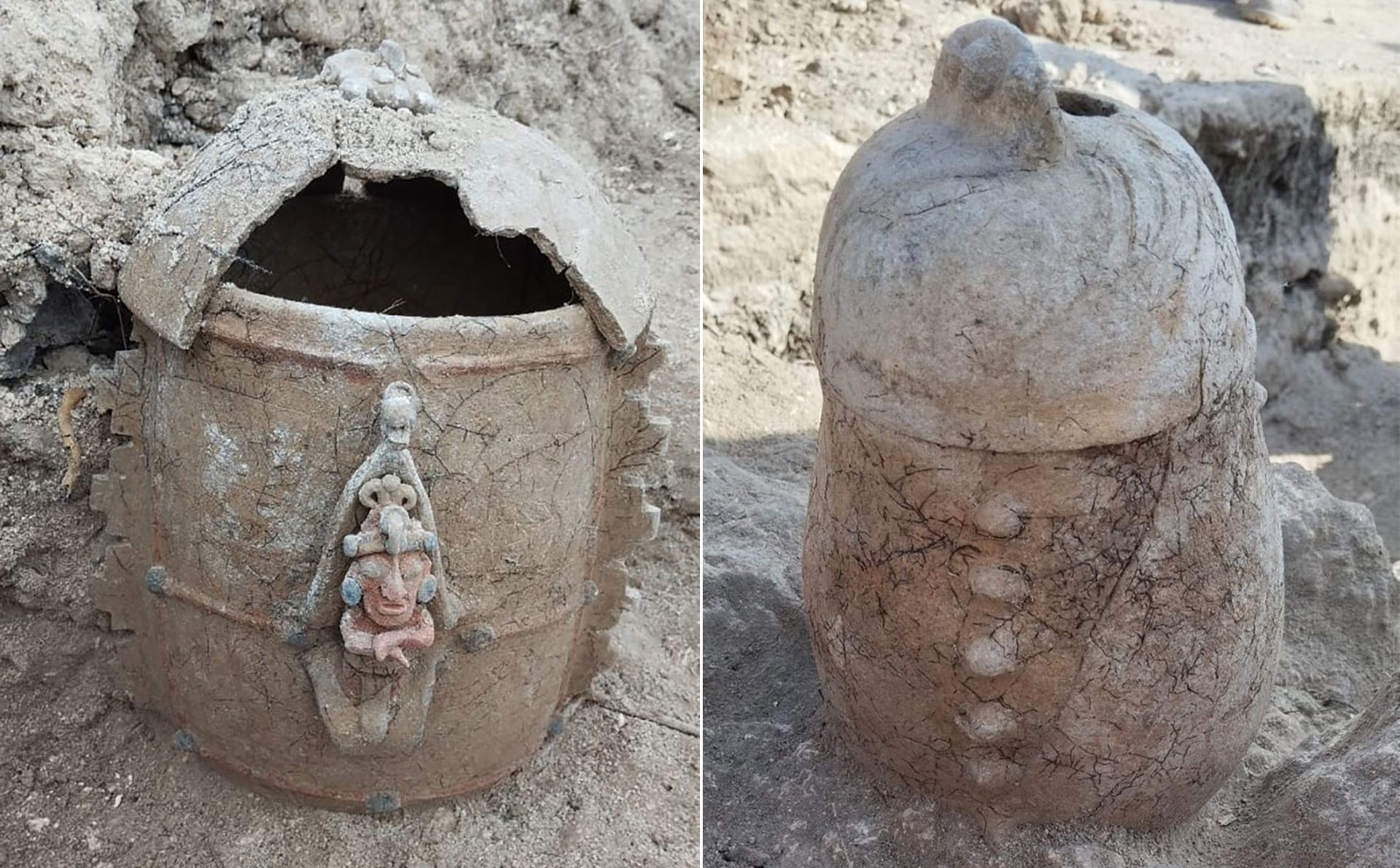
Specialists discovered the funerary urn in the Paakztaz style, native to the Bec River area. Dating back to the Classic era, between 680 CE and 770 CE, the urn is a raw clay pot containing the mortal remains of a person. Diego Prieto Hernández, the INAH’s general director, described the urn as “a raw clay pot that contains the mortal remains of a person” during a press conference on January 8.
The urn is believed to be half of a pair, suggesting it was initially constructed as a foundational offering. Decorated with glyphs of the Mayan symbol “ik,” which references the wind and its divine characteristics, the urn also features a small anthropomorphic figure made from pastilles, representing the deity in his form as an ear of corn in the growth stage. The lid is adorned with an owl icon, a symbol of both good luck and doom, often considered a guide to the afterlife in Mayan culture. The second vessel in the pair is covered with the thorns of a ceiba tree, a plant sacred to the Maya.
Broader Archaeological Context
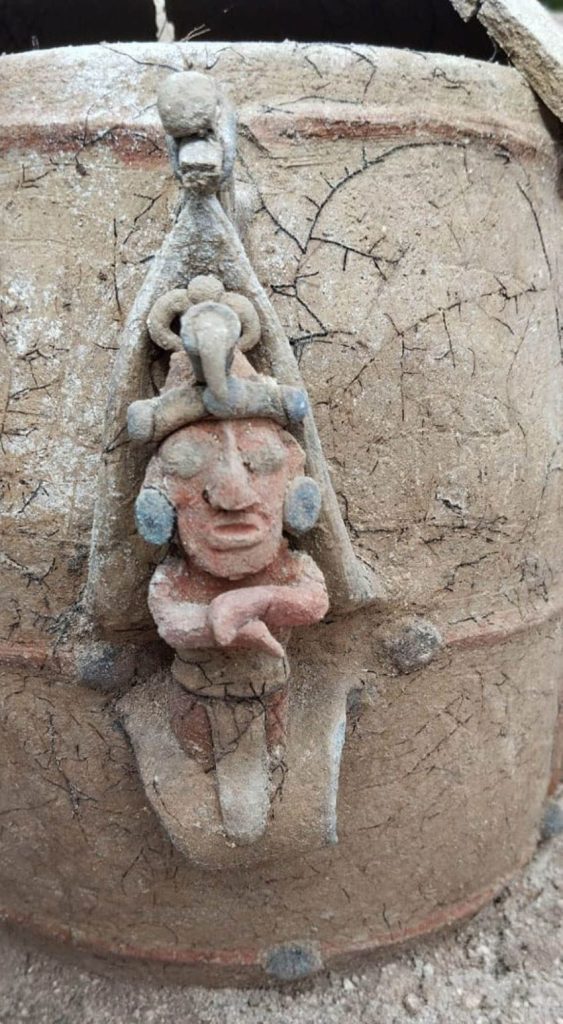
This discovery is part of a broader trend of uncovering artifacts and ancient sites during the construction of the Maya Train project. Similar sculptures of the corn deity have been found on the island of Jaina, a pre-Colombian Maya archaeological site and artificial island off the coast of the Yucatán Gulf. Jaina, translating roughly to “Temple in the Water,” served as a necropolis for elites and contains over 20,000 graves, of which only 1,000 have been excavated.
The Impact of the Maya Train Project
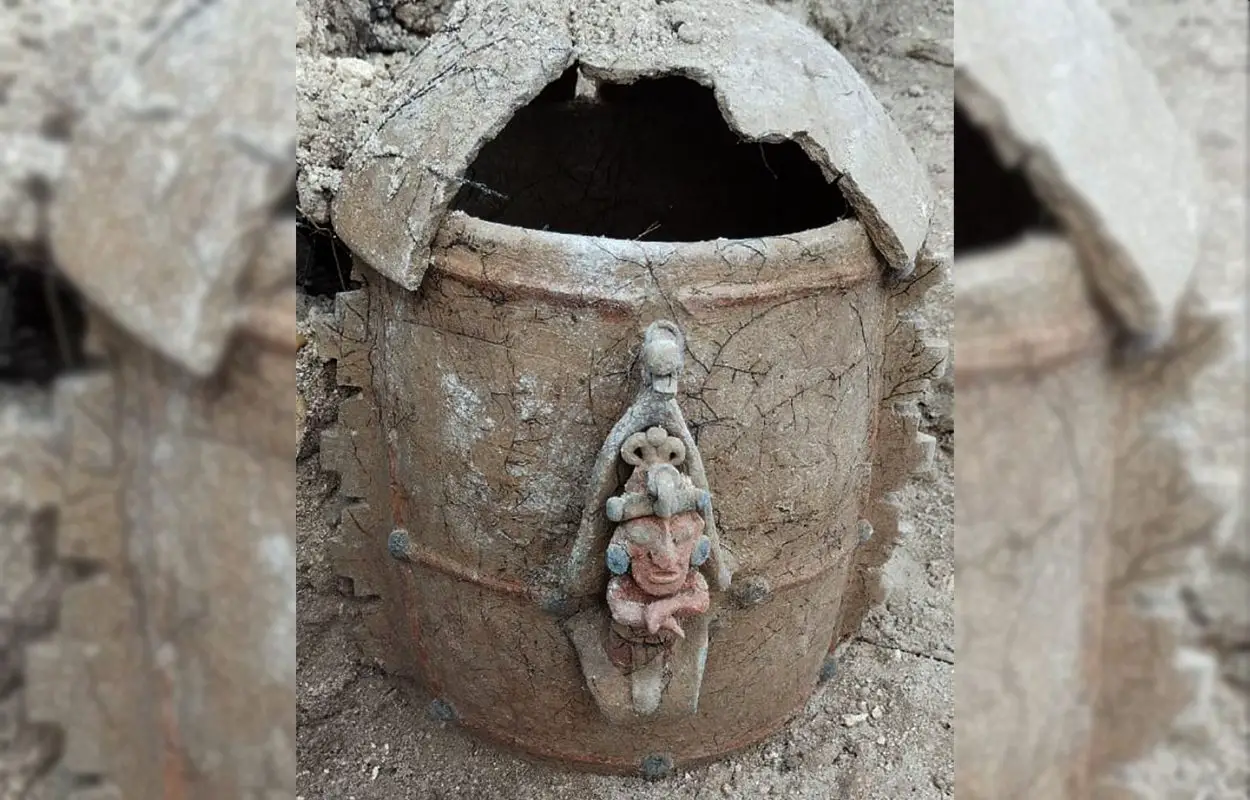
The construction of the Maya Train has been a double-edged sword for archaeology. On one hand, it has led to the discovery of thousands of artifacts and immovable objects, including the city of Ichkabal, which opened to the public in August 2023. On the other hand, the project has faced criticism for its environmental impact and the potential damage to the very archaeological treasures it seeks to highlight.
Conclusion
The discovery of the funerary urn dedicated to the Maya god of corn is a testament to the rich and intricate history of the Maya civilization. As the Maya Train project progresses, it continues to reveal the ancient secrets of the Yucatán Peninsula, even as it navigates the challenges and controversies of modern development. This find, among many others, enriches our understanding of the cultural and religious practices of the ancient Maya, offering a glimpse into their reverence for the natural world and the divine.
Video
News
The Hanging Temple: China’s 1,500-Year-Old Cliffside Marvel of Faith and Engineering
The Hanging Temple: China’s 1,500-Year-Old Cliffside Marvel of Faith and Engineering Perched precariously on the cliffs of Mount Heng in Shanxi Province, China, the Hanging Temple, also known as Xuankong Temple, Hengshan Hanging Temple, or Hanging Monastery, is an architectural…
The Willendorf Venus: A 30,000-Year-Old Masterpiece Reveals Astonishing Secrets
The Willendorf Venus: A 30,000-Year-Old Masterpiece Reveals Astonishing Secrets The “Willendorf Venus” stands as one of the most revered archaeological treasures from the Upper Paleolithic era. Discovered in 1908 by scientist Johann Veran near Willendorf, Austria, this small yet profound…
Unveiling the Maya: Hallucinogens and Rituals Beneath the Yucatán Ball Courts
Unveiling the Maya: Hallucinogens and Rituals Beneath the Yucatán Ball Courts New archaeological research has uncovered intriguing insights into the ritual practices of the ancient Maya civilization. The focus of this study is a ceremonial offering found beneath the sediment…
Uncovering the Oldest Agricultural Machine: The Threshing Sledge’s Neolithic Origins
Uncovering the Oldest Agricultural Machine: The Threshing Sledge’s Neolithic Origins The history of agricultural innovation is a fascinating journey that spans thousands of years, and one of the earliest known agricultural machines is the threshing sledge. Recently, a groundbreaking study…
Nara’s Ancient Sword: A 1,600-Year-Old Protector Against Evil Spirits
Nara’s Ancient Sword: A 1,600-Year-Old Protector Against Evil Spirits In a remarkable discovery that has captured the attention of archaeologists and historians alike, a 7.5-foot-long iron sword was unearthed from a 1,600-year-old burial mound in Nara, Japan. This oversized weapon,…
The Inflatable Plane, Dropped Behind the Lines for Downed Pilots
Experimental The Inflatable Plane, Dropped Behind the Lines for Downed Pilots The Inflatoplane from Goodyear was an unconventional aircraft developed by the Goodyear Aircraft Company, a branch of the renowned Goodyear Tire and Rubber Company, also famed for the Goodyear…
End of content
No more pages to load











